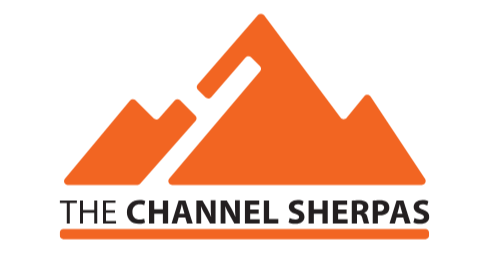Identifying the Right ‘Channel’ for Your Product
“My customers are out there—just how do I get to them?”
That was a recent question from a client. They weren’t failing to sell; they simply weren’t growing sales at the pace they wanted. The problem wasn’t their product—it was their path to market.
In business terms, that path is called a channel—the route your product takes to reach your customers. Choosing the right one (or the right mix) is one of the most important strategic decisions any company can make. Get it right, and you accelerate growth. Get it wrong, and you risk wasting resources, frustrating your team, and confusing your customers.
What Is a Sales Channel?
A sales channel is simply your route to your customer.
Direct Sales – Your own sales team or reps, like Tesla’s direct-to-consumer approach.
eCommerce / Digital Sales – Selling through your own website or marketplaces, like Adobe’s subscription model.
Indirect Sales – Working through resellers, distributors, and systems integrators. Common in B2B tech, especially when products require integration or deep customer relationships.
Most B2B companies use a channel mix—combining direct, indirect, and sometimes digital—to balance reach, cost, and control. The question is not whether you should use a mix, but which mix is right for you.
Three Core Factors in Choosing the Right Channel Mix
1. The Cost of Sale Equation
Where will your investment in sales generate the best return?
Direct sales teams can offer deep product expertise and strong customer relationships, but they come with high fixed costs—salaries, travel, and management overhead.
Indirect channels, like resellers and integrators, can extend your reach with lower upfront costs, but you trade margin and may have less control over the customer relationship.
eCommerce is scalable and data-rich, but only works if your product can be understood and purchased without significant human interaction.
Tip: Calculate your Customer Acquisition Cost (CAC) across each channel. This will show where your investment is most efficient, not just in initial sale but in ongoing revenue.
2. How Hard Is Your Product to Sell?
Some products are self-explanatory. Others require deep technical knowledge, long sales cycles, and solution selling.
If your product is simple to explain and easy to demo, eCommerce or low-touch direct sales might work.
If your product requires integration into complex workflows (as is common in broadcast tech, pro video, and SaaS), an indirect partner network can be essential—they bring credibility and local expertise.
If you’re introducing disruptive technology, you may need direct evangelists early on before partners fully commit.
Rule of Thumb: The harder your product is to explain, the more important it is to have skilled, trusted human sellers—whether they are on your payroll or part of a partner’s team.
3. How Wide Is Your Reach - And How Wide Do You Want It to Be?
Your choice of channel impacts not just how you sell, but where you sell.
A direct sales team can be laser-focused on strategic accounts but may struggle to cover large geographies.
Partners can instantly expand your footprint, giving you presence in markets you couldn’t reach on your own.
Digital channels know no borders—but scaling internationally means dealing with currency, compliance, and logistics.
Think about time-to-market: Do you need to be everywhere at once, or is a phased market-entry approach better?
Avoiding the “One Size Fits All” Trap
There’s no universal best channel—only the channel mix that best fits your product, market, and growth stage. Common pitfalls include:
Over-reliance on one channel – If your only route to market slows, your revenue stalls.
Under-supporting partners – Without proper onboarding, training, and incentives, they won’t prioritise your product.
Failing to evolve – The right channel mix today may not be right in two years. Regularly reassess.
A Framework for Deciding Your Channel Strategy
When I work with clients, I ask these questions:
Who exactly is your target customer, and how do they prefer to buy?
What’s your true cost of sale for each channel option?
What capabilities will you need to support each channel effectively?
Where do we need speed, and where can you play the long game?
How will we measure success - and how quickly will we know if a channel is working?
Closing Thought
The “right” channel is not just the one that reaches the most customers - it’s the one that delivers the most profitable, repeatable, and sustainable growth.
Sometimes that means doubling down on a proven route. Sometimes it means adding a new path to market. And sometimes, it means saying “no” to channels that don’t fit—no matter how tempting they look on paper.
The best companies don’t just find their channel—they design it, adapt it, and continuously refine it to match their product, market, and ambitions.
